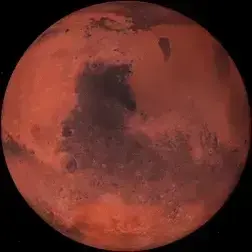- cross-posted to:
- science@beehaw.org
- cross-posted to:
- science@beehaw.org
InB4 “Uranus seen in true colors for first time.”
Really though, I don’t know why it never crossed my mind that the picture of Neptune was so… saturated. It’ll take a little bit to reconcile this new perspective of a “light bluish-green” Neptune. It’s just so jarring to alter a belief held since my childhood.
In case anyone wasn’t aware, nearly all space photos that you’ve ever seen have had their colours tweaked. It’s standard practice in space photography. Nebulae and galaxies and planets aren’t as colourful as they appear in photos. They do it either to make the features more obvious for study, or just to make them pop more to drum up interest in space exploration. Nothing wrong with it, just be aware that what you see isn’t reality but an interpretation.
Bit of a misleading title - not for the first time, but rather seen accurately again.
First they take away Pluto and now they’ve come for Neptune! My childhood was a lie.
This is the best summary I could come up with:
Our ideas of the colours of the planets Neptune and Uranus have been wrong, research led by UK astronomers reveals.
It has emerged that the earlier images of Neptune had been enhanced to show details of the planet’s atmosphere, which altered its true colour.
“They did something that I think everyone on Instagram will have done at some time in their life, they tweaked the colours,” Prof Catherine Heymans, Astronomer Royal for Scotland and a University of Edinburgh astrophysics professor, told BBC Radio 4’s Today.
Astronomers have long known that most modern images of the two planets do not accurately reflect their true colours, according to Prof Patrick Irwin from the University of Oxford, who led the research.
Prof Irwin and his team processed the original data to produce what is claimed to be ‘‘the most accurate representation yet’’ of the colour of both Neptune and Uranus.
The analysis revealed that Uranus and Neptune are a similar shade of greenish blue, although researchers found a slight difference.
The original article contains 545 words, the summary contains 167 words. Saved 69%. I’m a bot and I’m open source!




